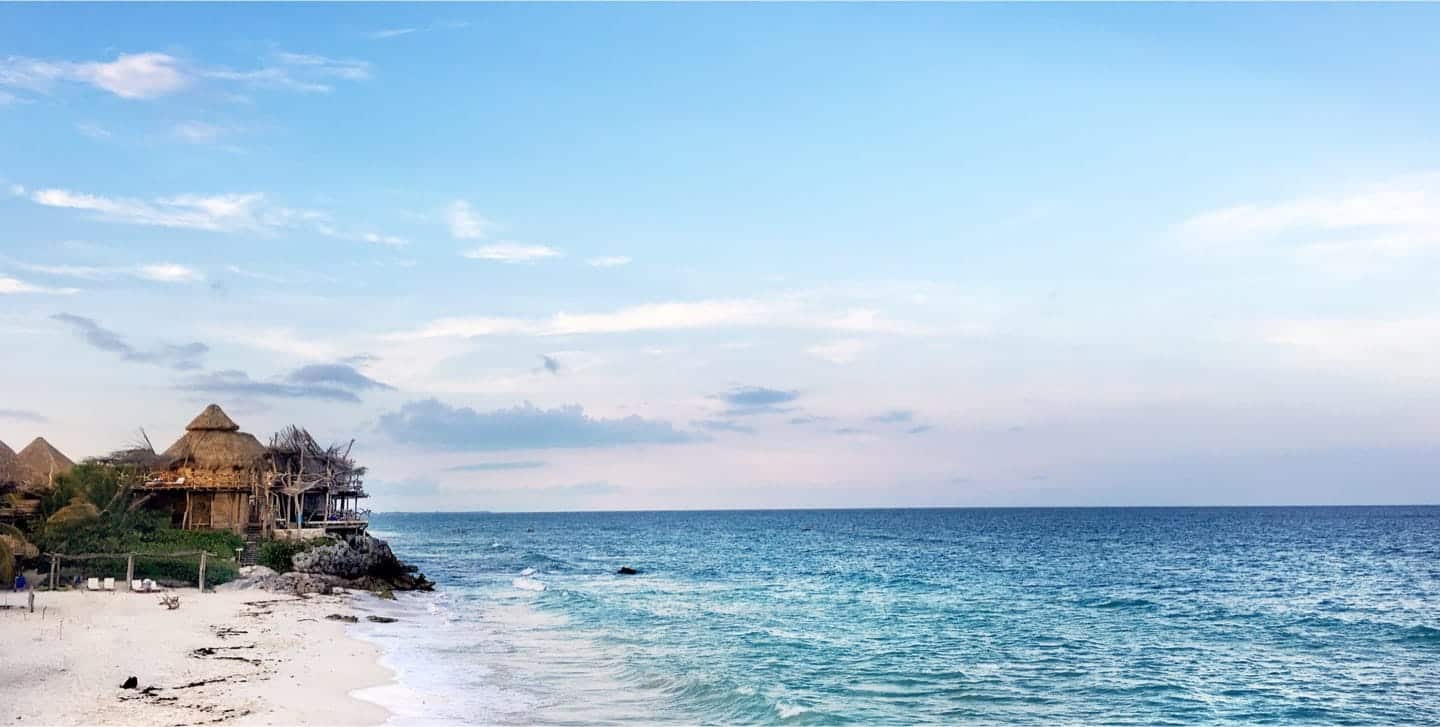One of Belize’s key tourist attractions, albeit some 43 miles offshore, the Great Blue Hole is basically a giant submarine sinkhole.
Located near the centre of Lighthouse Reef, the Great Blue Hole forms part of the Barrier Reef Reserve System, a UNESCO World Heritage Site.
Similar sinkholes can be found in mainland Belize and the Yucatan Peninsula of Mexico, where they are known as cenotes, and the location of the Great Blue Hole would also, a very long time ago, have been on dry land.
Formation of the Great Blue Hole took place in stages between 150,000 & 15,000 years ago, with rising sea-levels eventually flooding the cave which is some 318 metres wide and 123 metres deep. Research by world-famous explorer Jacques Cousteau in the early 1970s shows that the hole was formed in 4 distinct periods, leaving ledges at 21, 49 & 91 metres.
Although the Great Blue Hole was brought to the world’s attention by Cousteau, it earned its name from British explorer Ned Middleton in his book ‘Ten Years Underwater’ published in 1988.
As a result of both men, and subsequent far-ranging publicity, the Great Blue Hole is widely touted as one of the world’s top ten dive locations, not necessarily in terms of what one sees as far as coral, marine life etc are concerned (not a massive amount in fact) but, rather, in terms of what an incredible natural feature it is, the largest of its kind in the world.
That said, the hole is home to a number of species of shark, specifically reef sharks such as the Caribbean Reef Shark & Blacktip Shark, as well giant groupers.
Before you book your flights and pack your gear, please note that it is not for beginners – it is therefore best to first of all make contact with local dive companies to learn about minimum requirements & regulations.
Travel Beyond The Ordinary


